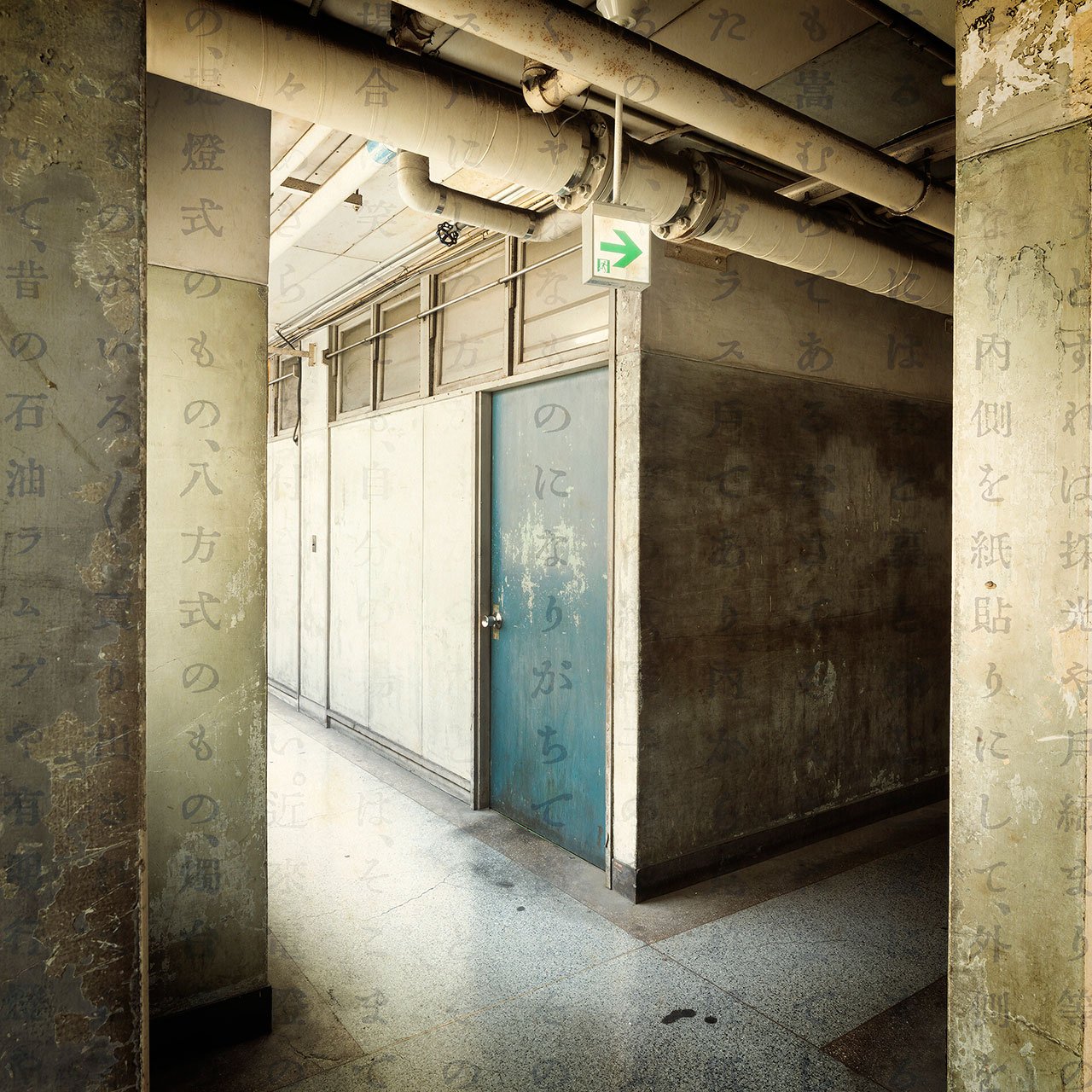
Inês d'Orey, Tsukiji fish market, 1935. By architects and engineers from the Architectural Section of Tokyo Municipal Government. 80x80cm. Photographic Fine Art Print.
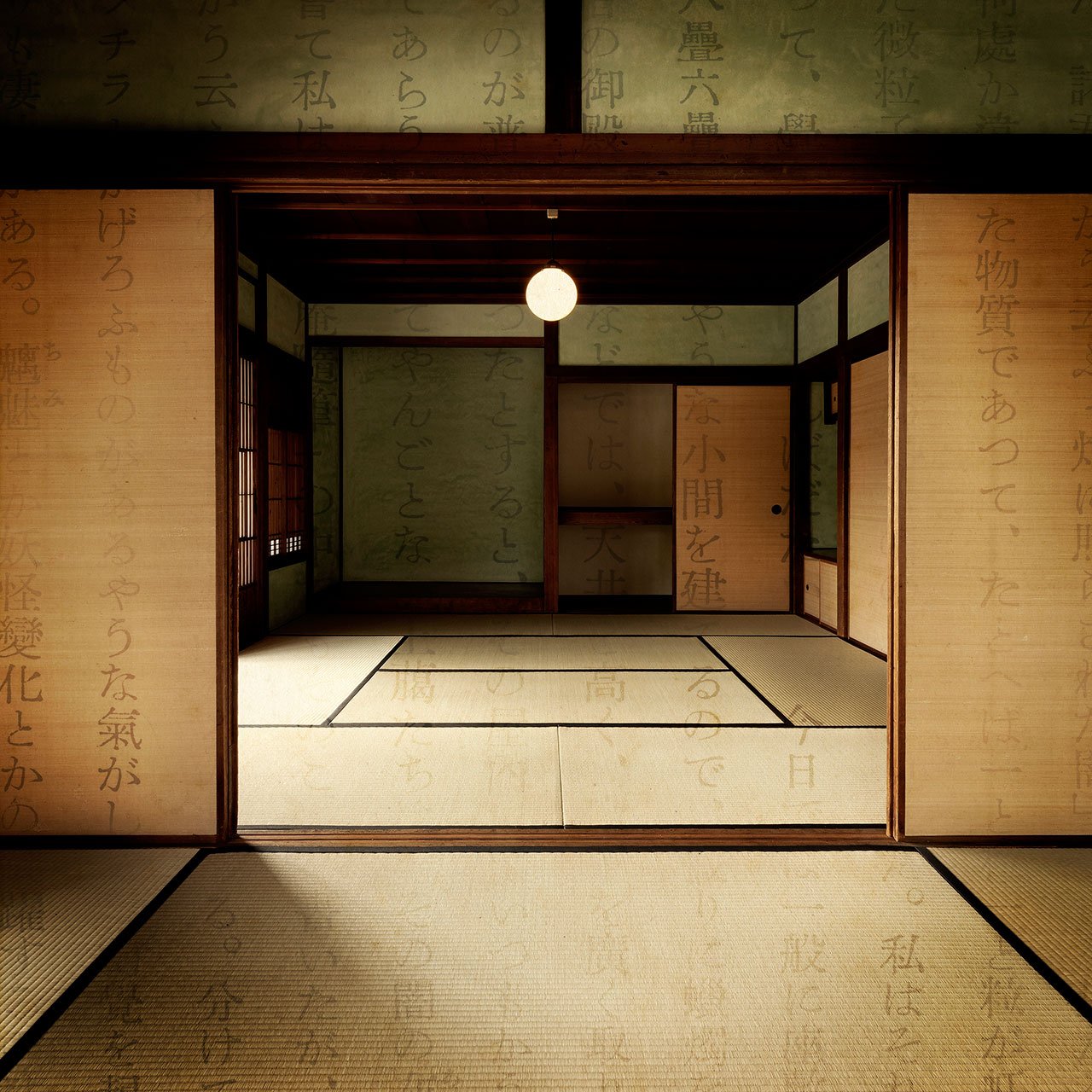
Inês d'Orey, House of Koide, 1925. By Sutemi Horiguchi Transplanted House, from Nishikata, restored in 1998. 80x80cm. Photographic Fine Art Print.
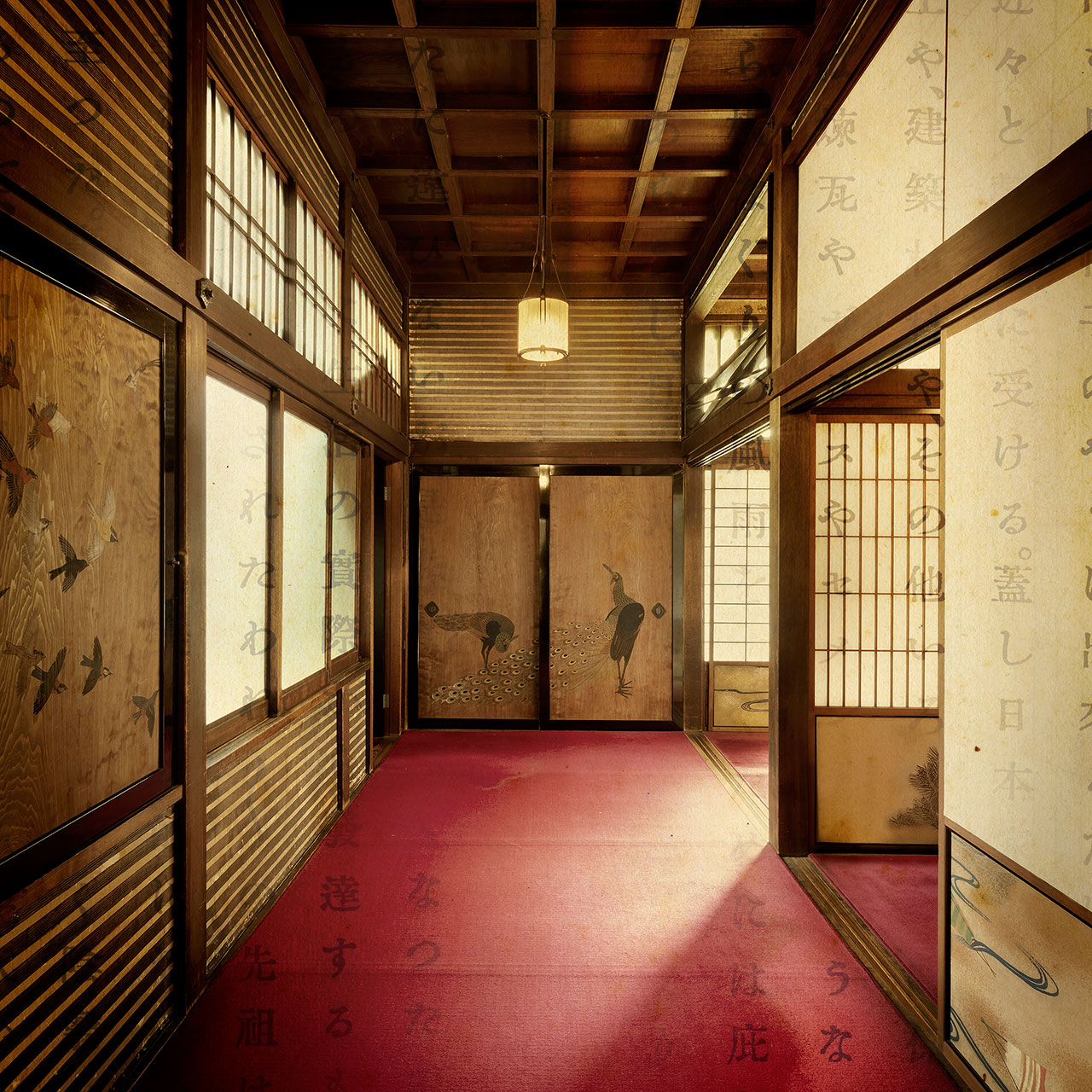
Inês d'Orey, Mitsui Residence, 1952. Transplanted House from Nishi-azabu, restored in 1996. 80x80cm. Photographic Fine Art Print.

Inês d'Orey, Hachioji House, House of the Leader of the Hachioji Guards, 18th century. Transplanted House from Oiwakecho, restored in 1993. 80x80cm. Photographic Fine Art Print.
Unlike his novels that explore the shifting nature of 20th century Japanese society through themes of sexuality and family dynamics, Junichiro Tanizaki’s In Praise of Shadows is a small meditative essay on Japanese aesthetics expanding on a series of topics from arts and crafts, paper making and lacquerware design, to food, cosmetics and the lavatories of Japanese monasteries. Throughout the essay, the juxtaposition of traditional Japanese interiors with the Modernist ethos is represented as a struggle between the subtle shadows of the former and the dazzling light of the latter. In this sense, his essay is not that different from his fictional work as both are personal reflections on Japan’s search for a cultural identity in the modern age.
As the essay’s title suggests, in the tug-of-war between the wistful intimacy of Japanese cultural heritage and the polished sophistication of modern western life, Tanizaki is on the side of the former; and so is D’Orey. Inspired by the Tanizaki’s paean on traditional Japanese interiors, D'Orey set out to find buildings built during his lifetime—he died in 1965—which coincided with the height of the modernist era. It was no easy task since there are very few buildings that have been preserved from that time and what’s more, there is no official record. No to mention that D’Orey does not speak Japanese which made things even more difficult.
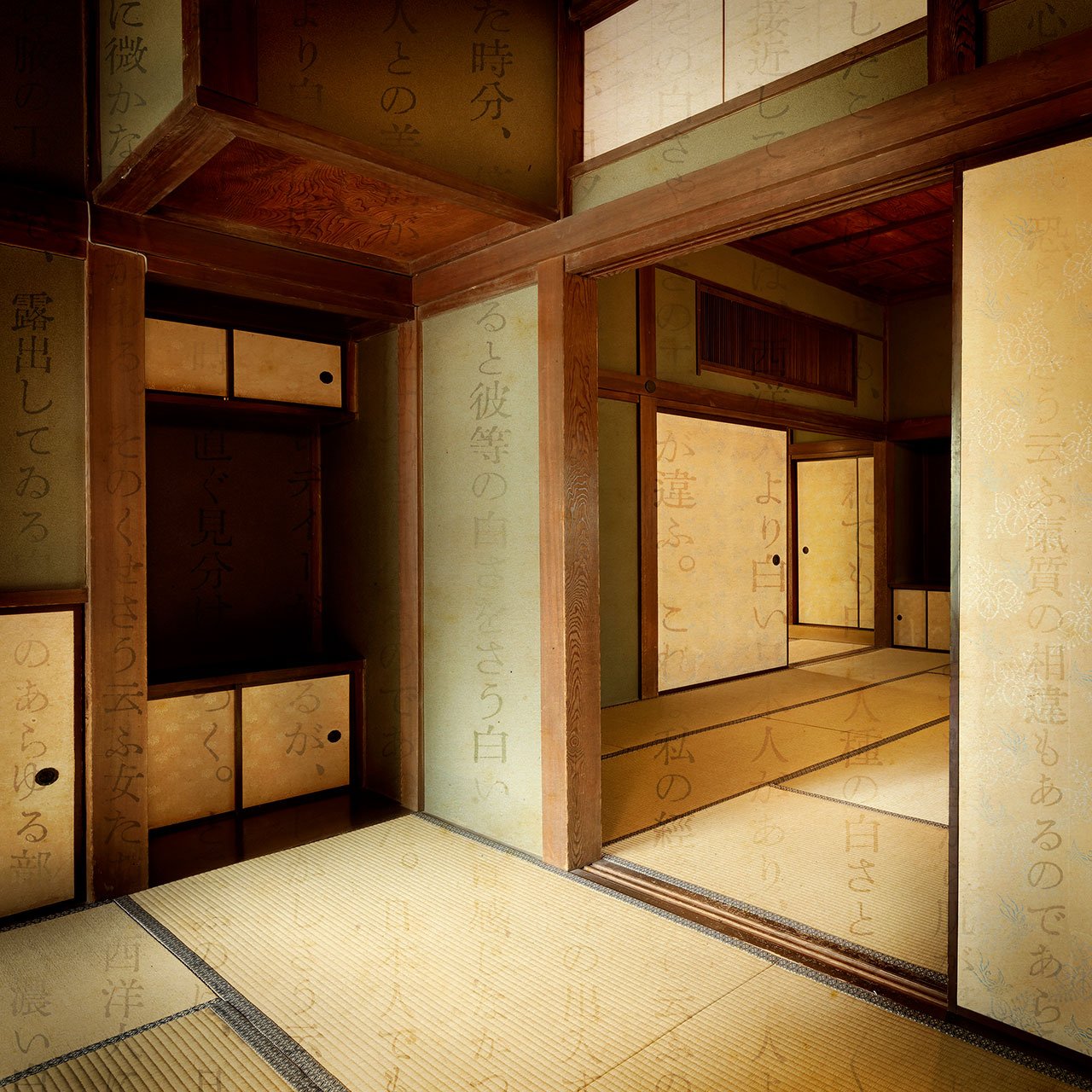
Inês d'Orey, Takahashi House (House of Korekiyo Takahashi), 1902. Transplanted House, from Akasaka, restored in 1993. 80x80cm. Photographic Fine Art Print.

Inês d'Orey, Kosaka House #1. 1938, Satagaya. 80x80cm. Photographic Fine Art Print.
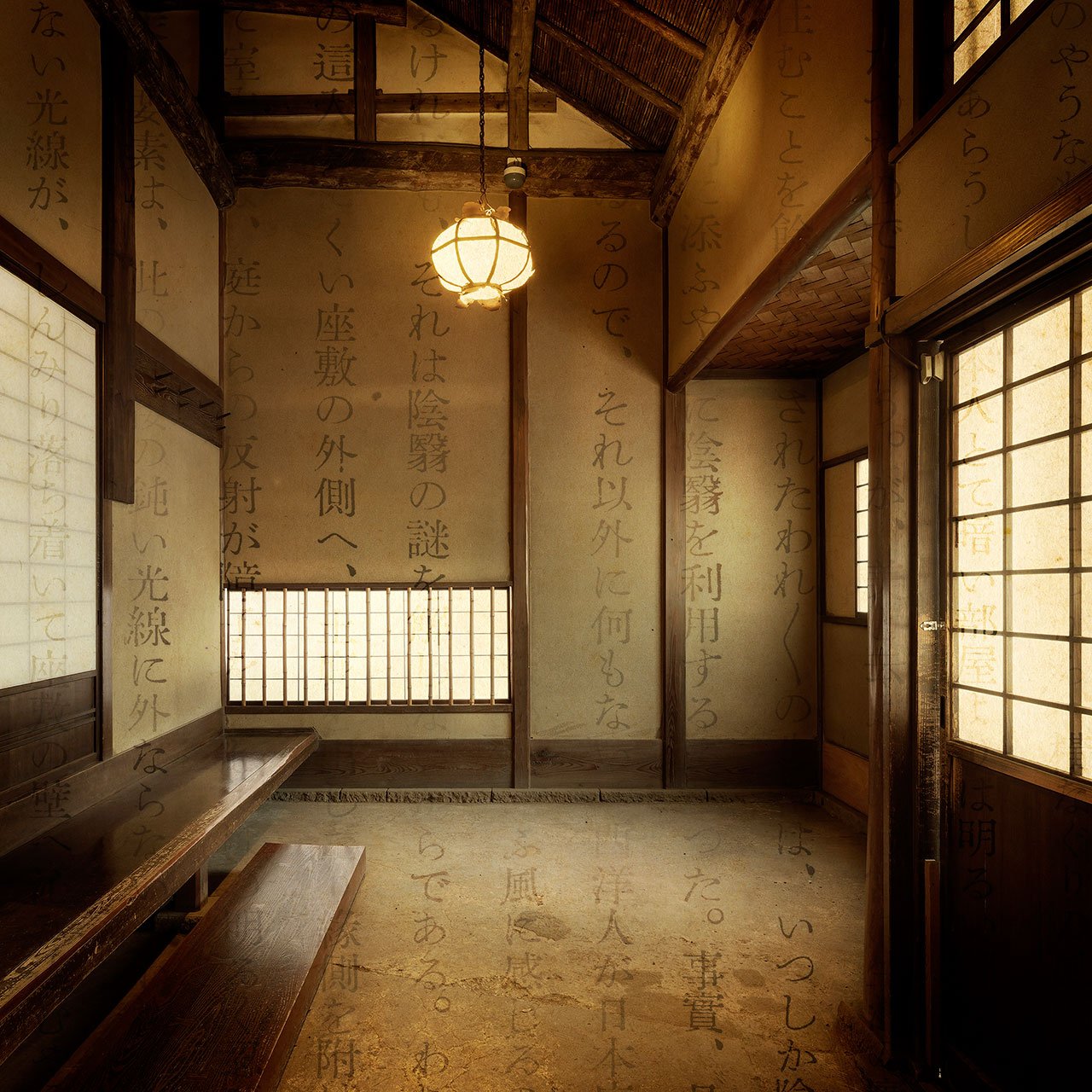
Inês d'Orey, Kosaka House #2. 1938, Satagaya. 80x80cm. Photographic Fine Art Print.
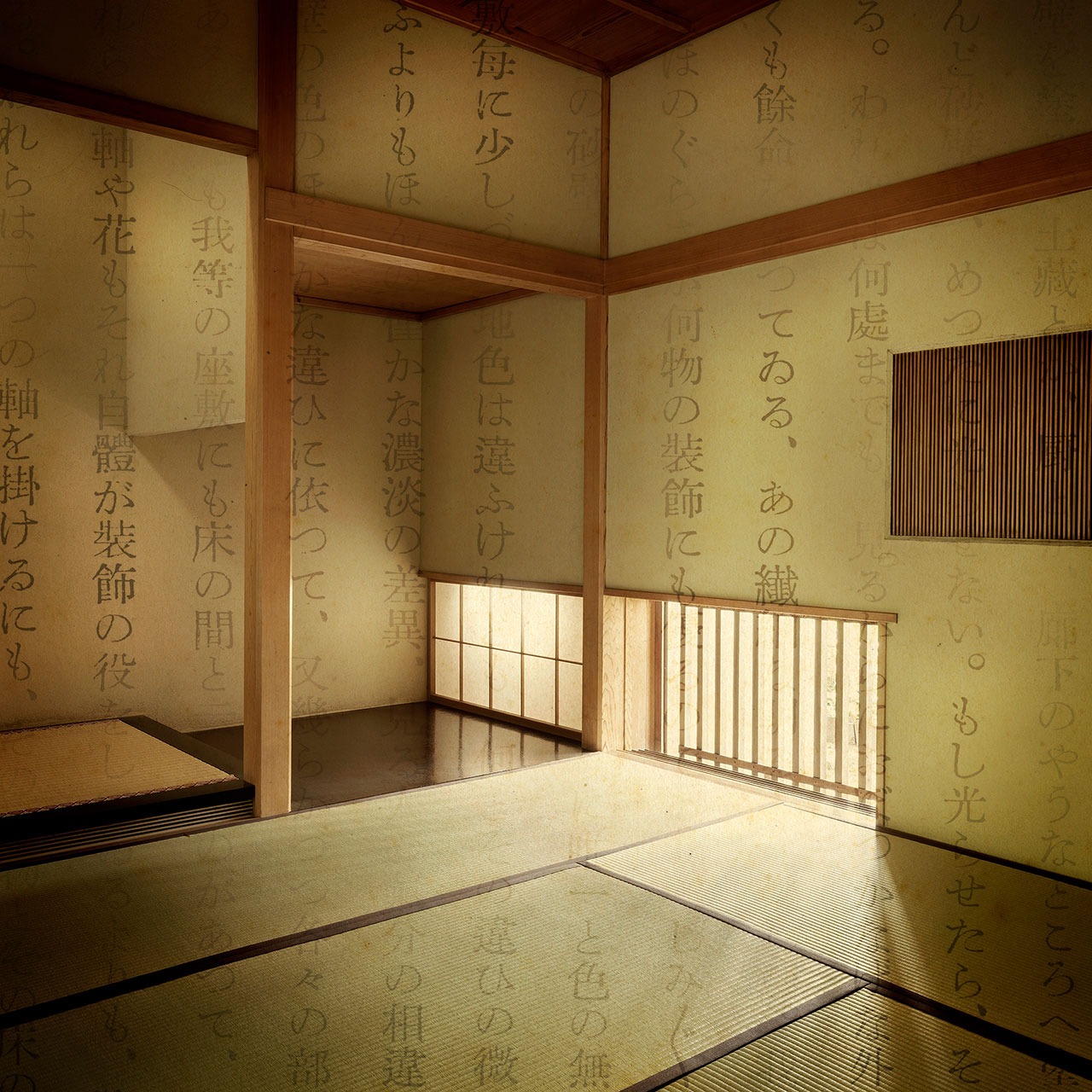
Inês d'Orey, Inomata House #1, 1967. Nakano-Ku, By Isoya Yosida & Associates. 80x80cm. Photographic Fine Art Print.

Inês d'Orey, Inomata House #2, 1967. Nakano-Ku, By Isoya Yosida & Associates. 80x80cm. Photographic Fine Art Print.
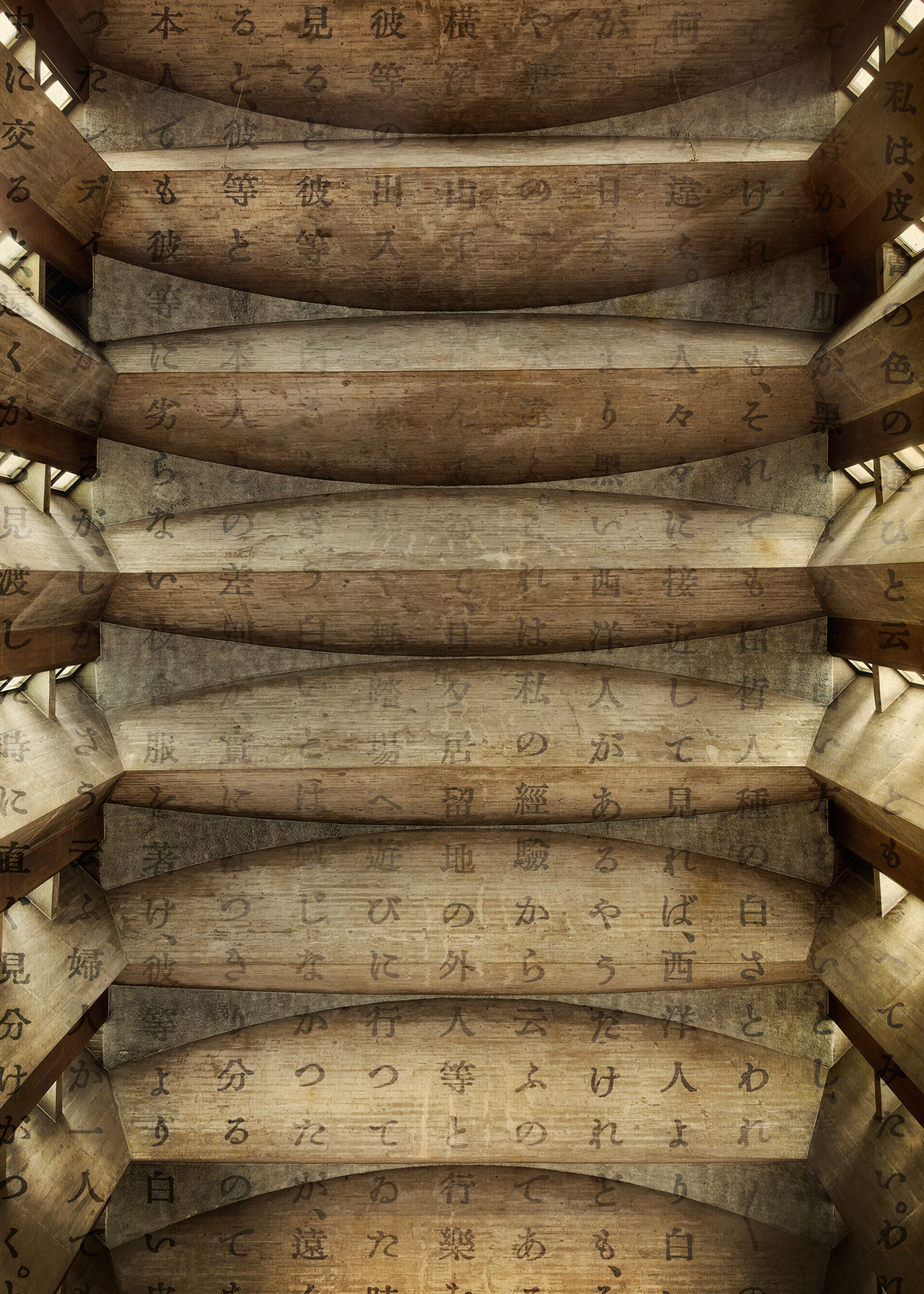
Inês d'Orey, Saint Anslem's Meguro Catholic Church, 1954. By Antonin Raymond. 100x140cm. Photographic Fine Art Print.
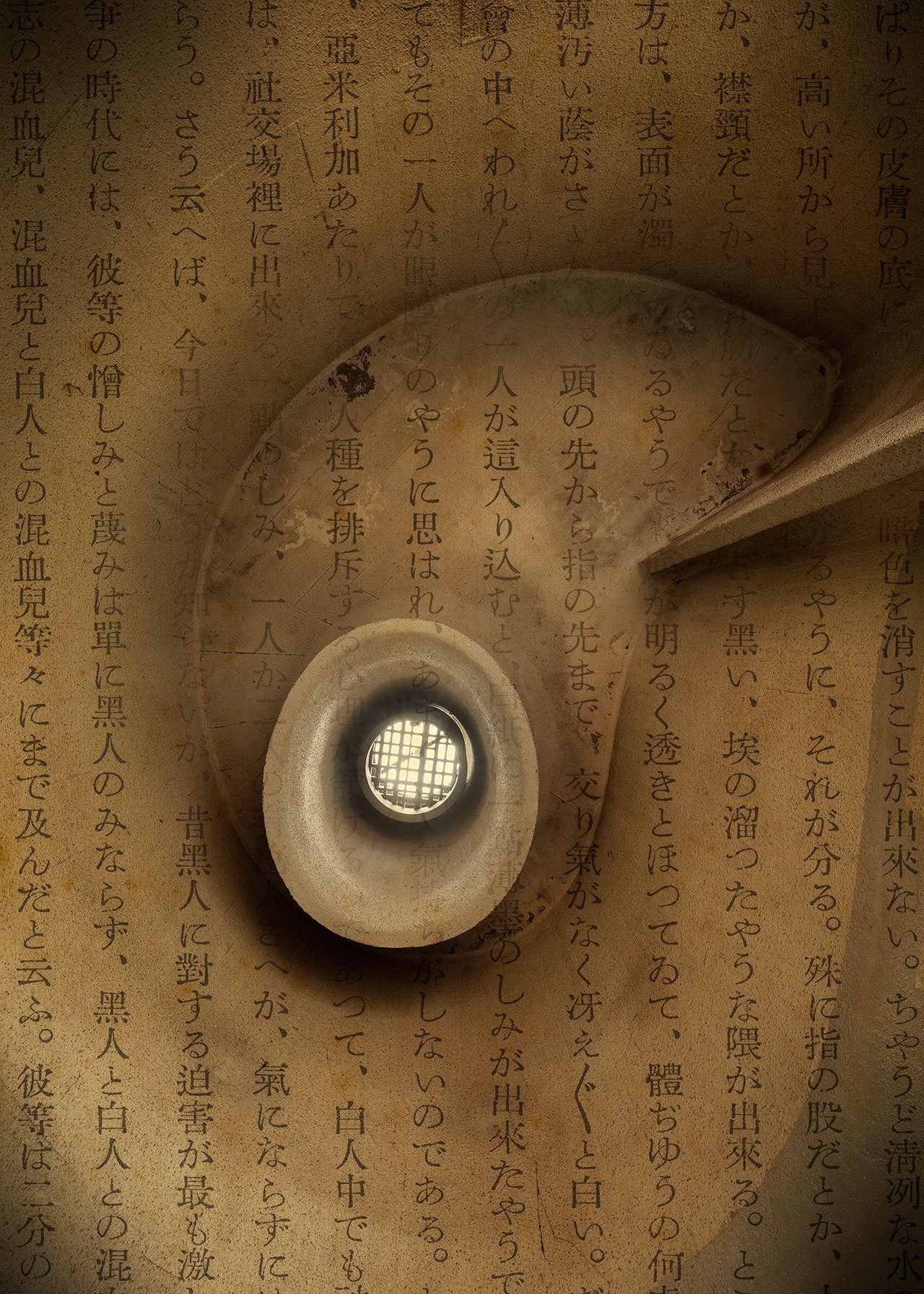
Inês d'Orey, Japan Lutheran College Chapel, 1969. By Togo Murano. 100x140cm. Photographic Fine Art Print.
The interiors D'Orey painstakingly found are captured in a state of mindful tranquility, softened by shadows and the patina of age. They are depicted devoid of people and furniture, desolate yet entrancing, their ghostly beauty enhanced by filtered daylight or discrete lamps. Their meditative starkness has a museum quality, urging viewers to walk around, look closer, to just be in the space. In fact most of the spaces are now museums which explains why they have escaped demolition (as well as the project’s title). Not only was there no sitting anywhere or touching anything, in many cases she was not even allowed to set her camera tripod on the floor. Ironically, it was in one of the few buildings that was in use at the time, Tsukiji Fish Market, where D’Orey found an actual 'Do Not Sit Down' sign, plastered on a staircase leading up to some office space. Unsurprisingly, she later found out that the building was scheduled for demolition.
The photographs are overlaid with pages from the first edition of In Praise of Shadows that the artist found in Tokyo. Faintly unfolding across the images, they speak of the traditional interiors that have so captivated both Tanizaki and D’Orey, which are slowly disappearing just like the fonts in the photographs.
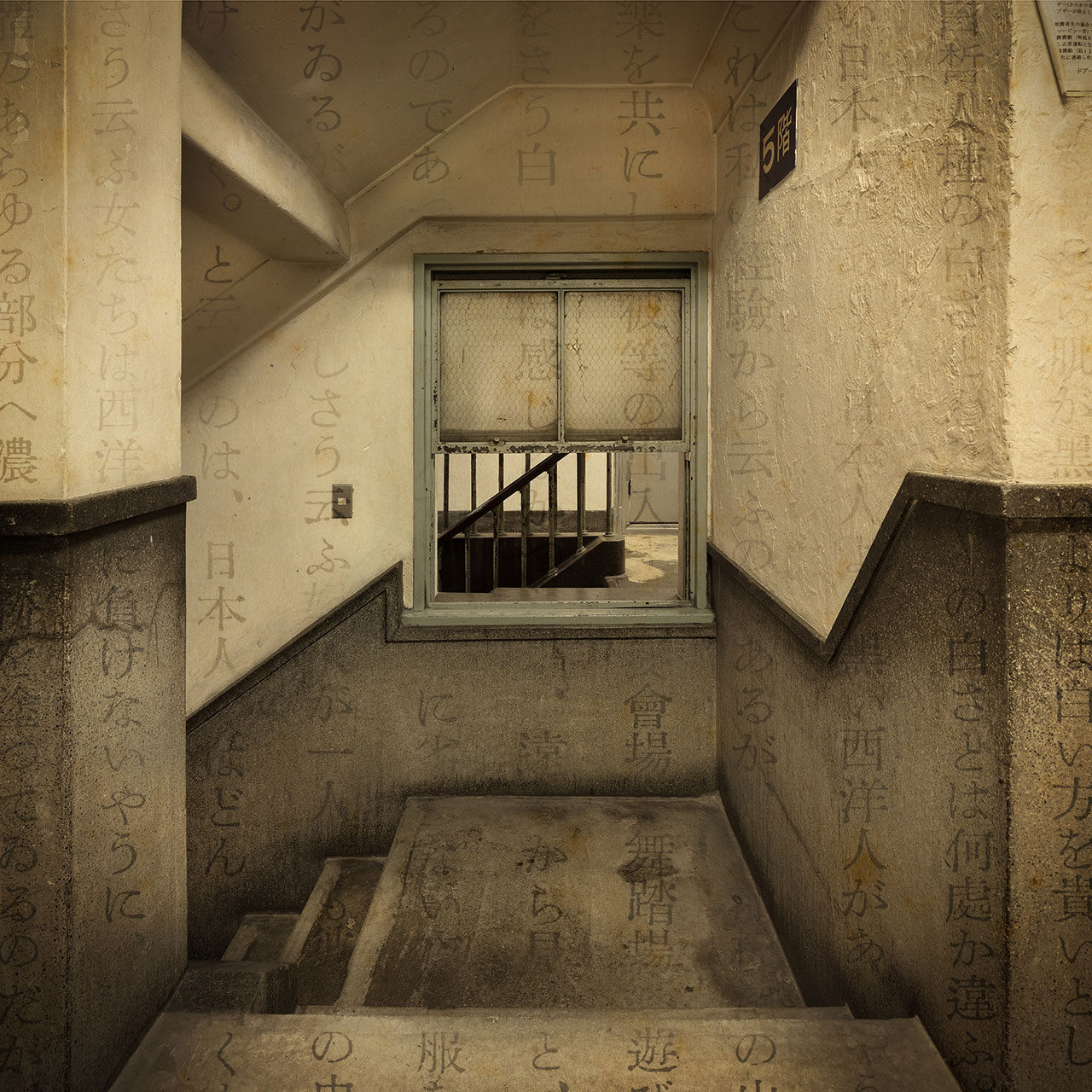
Inês d'Orey, Okuno Building, 1932. By Ryoichi Kawamoto. 60x60cm. Photographic Fine Art Print.
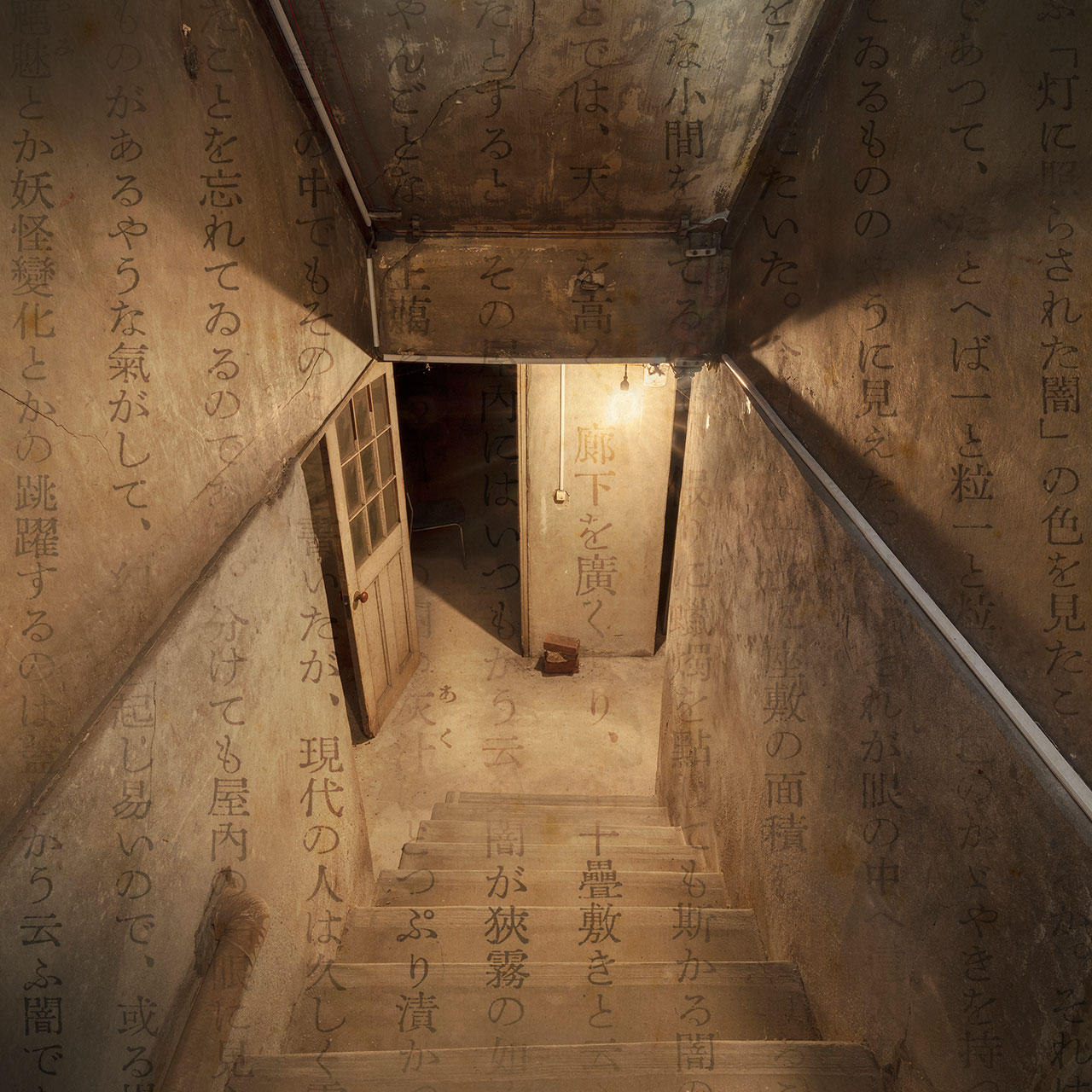
Inês d'Orey, Tokyo Friends House, Early 1920's by William Merrell Vories. 60x60cm. Photographic Fine Art Print.
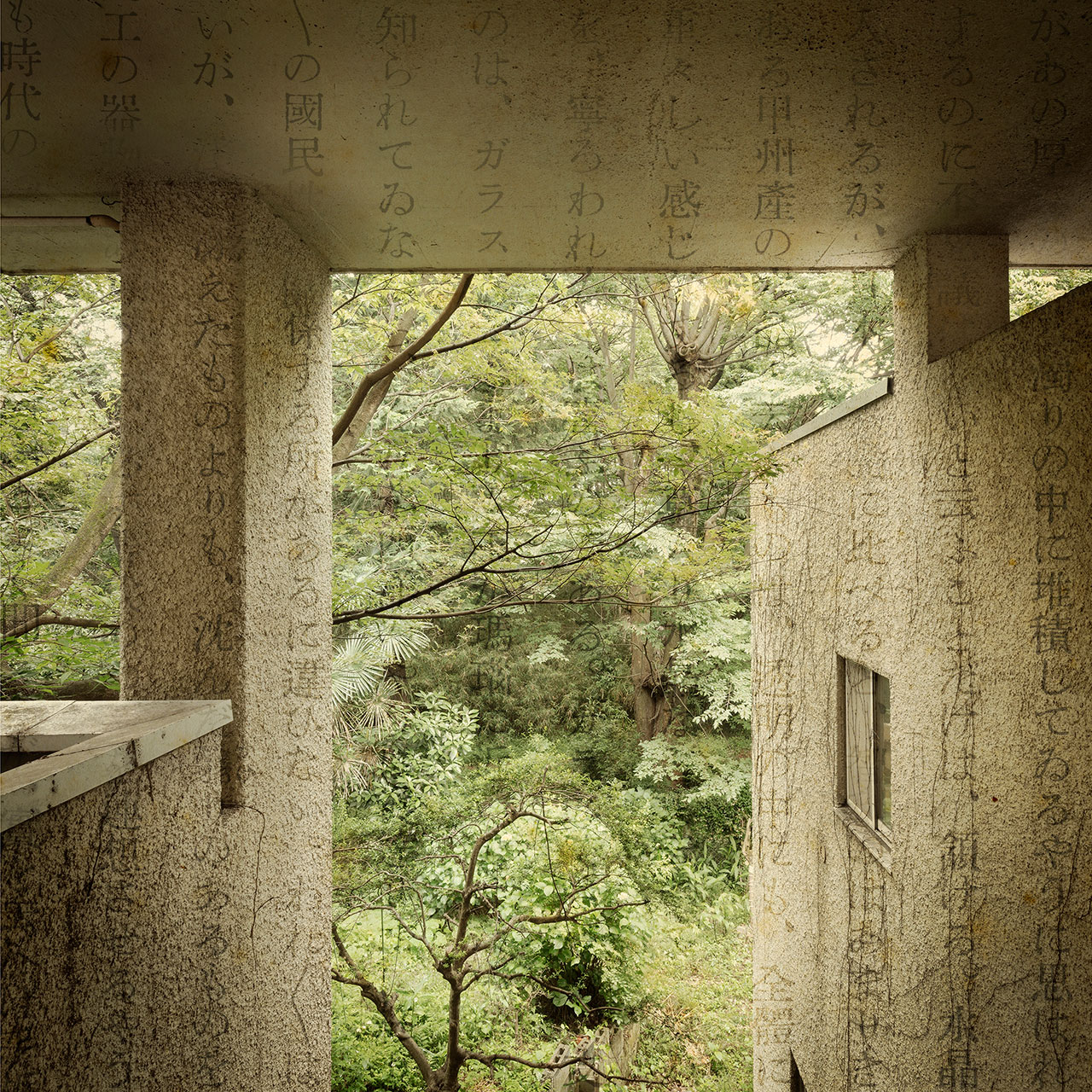
Inês d'Orey, Japan Lutheran College, 1969. By Togo Murano. 60x60cm. Photographic Fine Art Print.
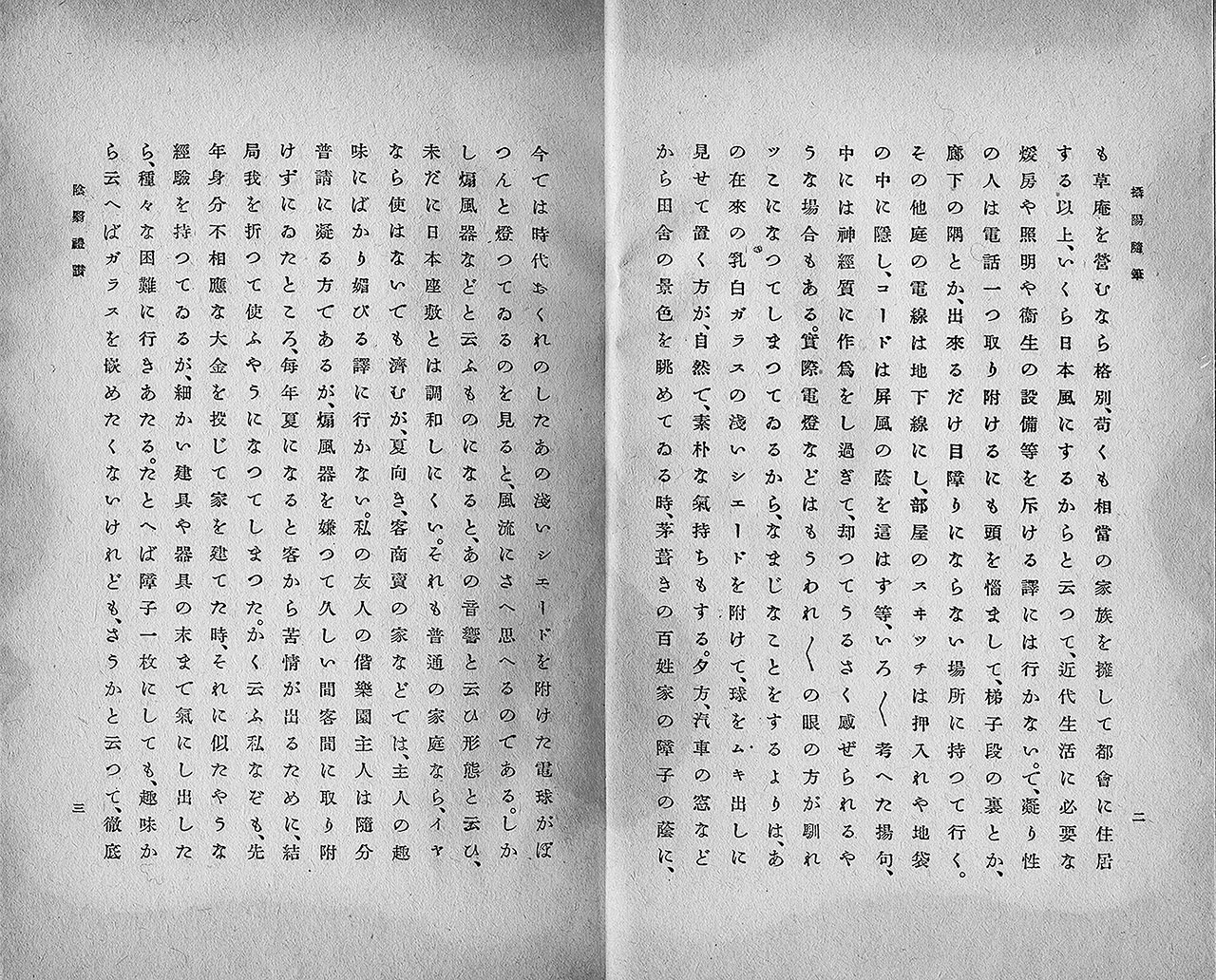
Inês d'Orey, Sonshitsu, HD video, 16:9: B&W, no sound, 60 seconds.
















